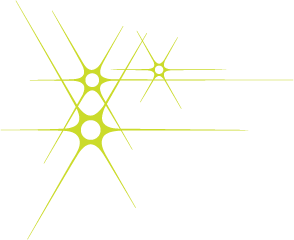Transcranial Magnetic Stimulation (TMS)
How TMS Works
TMS therapy involves placing an electromagnetic coil against the scalp near the forehead. This device delivers painless magnetic pulses that activate nerve cells in the brain’s mood-regulation centers. TMS activates areas of the brain that have decreased activity due to depression, thus alleviating symptoms. Our devices are FDA-approved and have been featured in numerous clinical trials that demonstrate their effectiveness in treating psychiatric conditions. We are also proud to offer the BrainsWay Deep TMS system, which has been shown to reach broader and deeper regions of the brain compared to traditional systems.

Why Choose TMS?
TMS is particularly effective for patients who have not responded to traditional treatments such as antidepressants or psychotherapy. It offers a viable alternative with fewer side effects compared to medication, and is backed by clinical studies.
- Non-invasive: No surgery or implantation of electrodes.
- Minimal Side Effects: Compared to medications, TMS does not lead to systemic side effects such as weight gain, sexual dysfunction, or nausea.
- Quick and Safe: Each session is quick and safe, allowing you to return to normal activities immediately.
- Clinically Proven: Supported by extensive clinical research and FDA approval.
What to Expect During
TMS Therapy
A typical TMS session at NNPA lasts about 30 to 60 minutes, during which you can sit back and relax. The procedure is painless; you may hear clicking sounds and feel tapping sensations on your forehead. Treatment generally involves multiple sessions over several weeks tailored to your specific needs.
